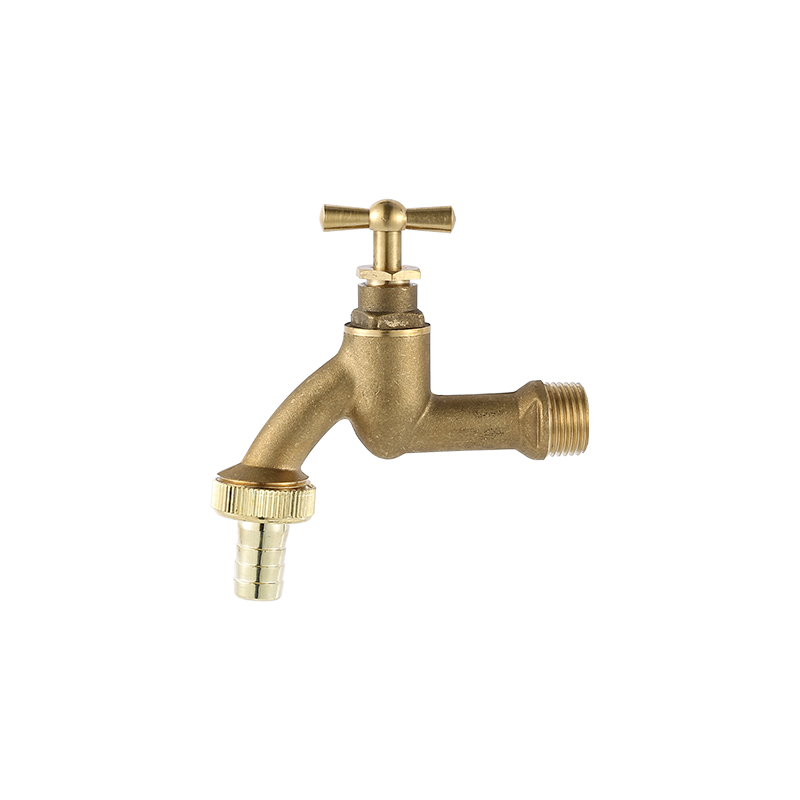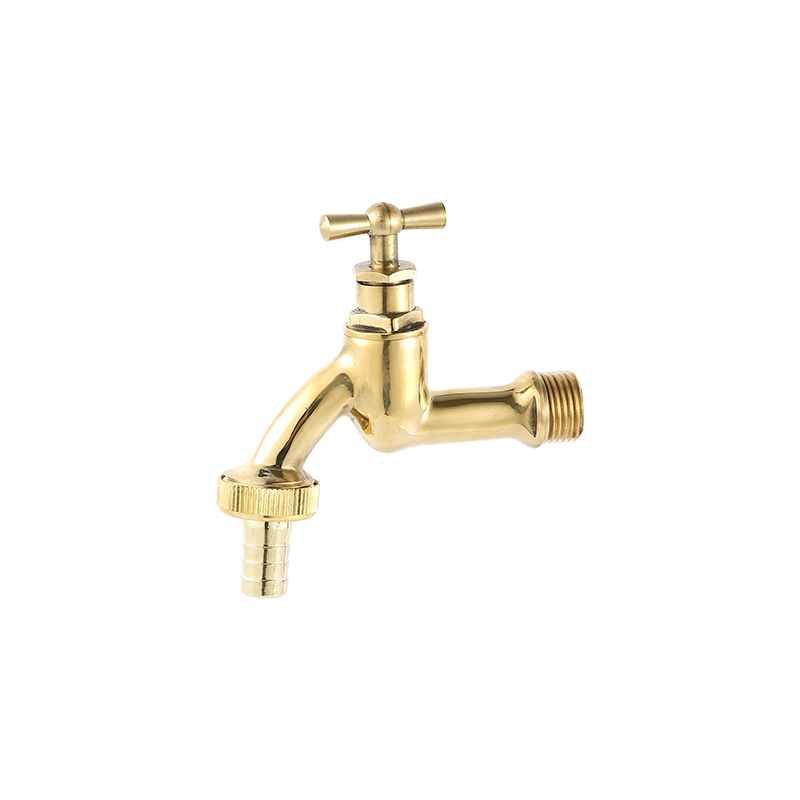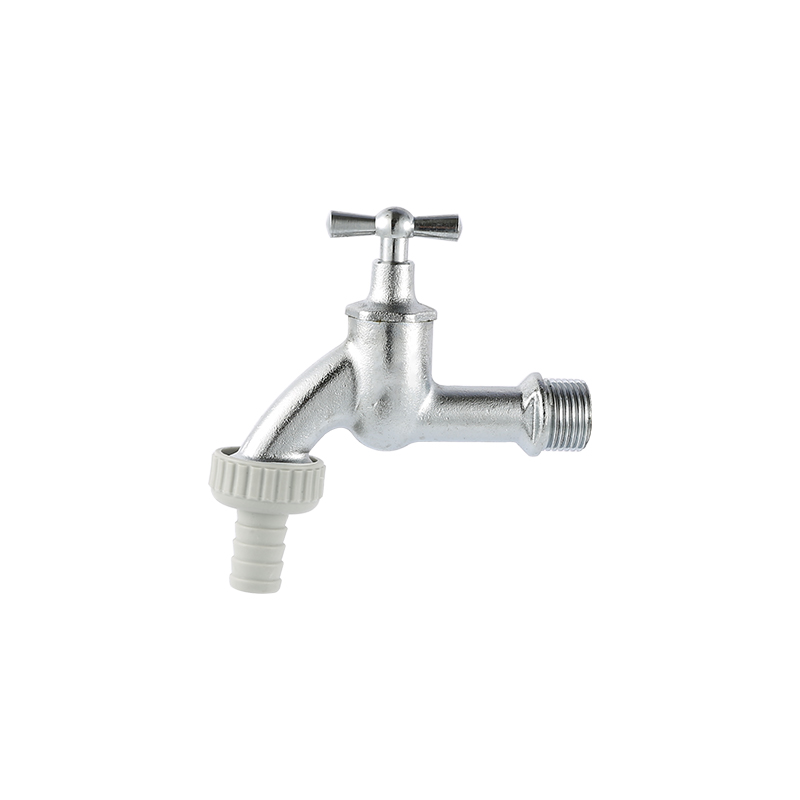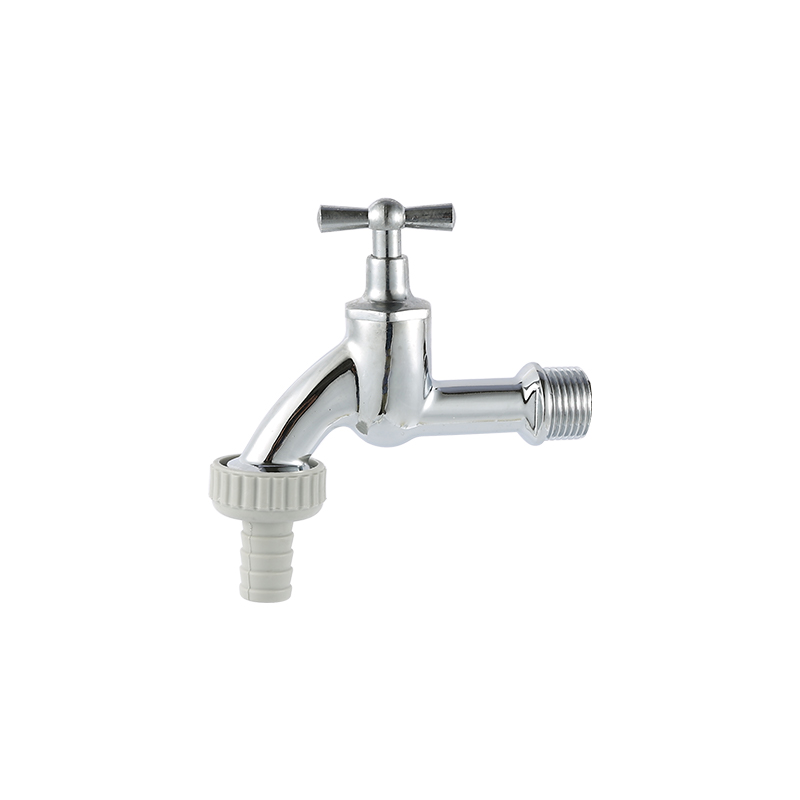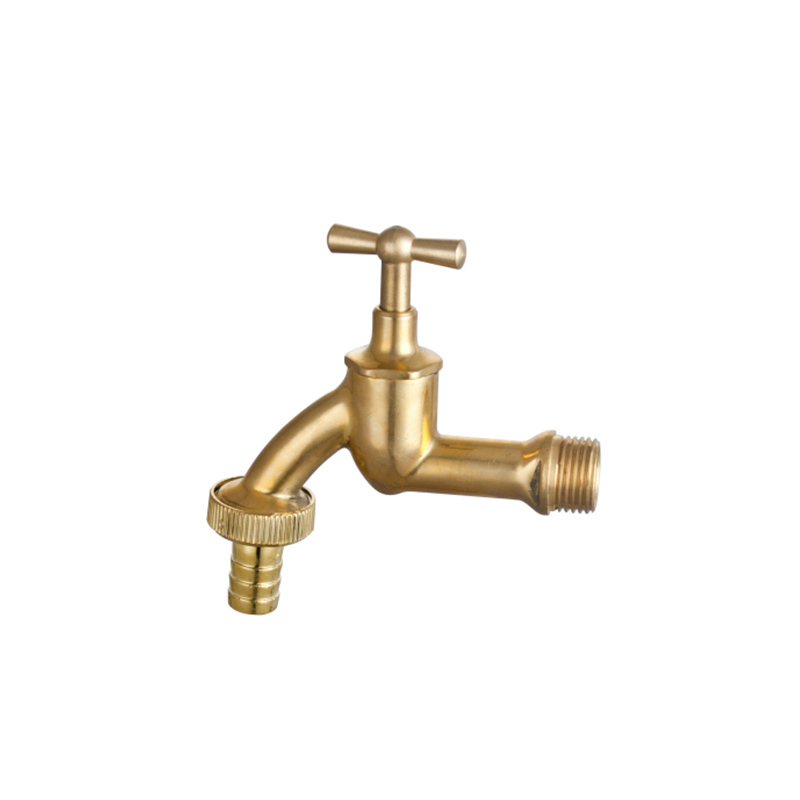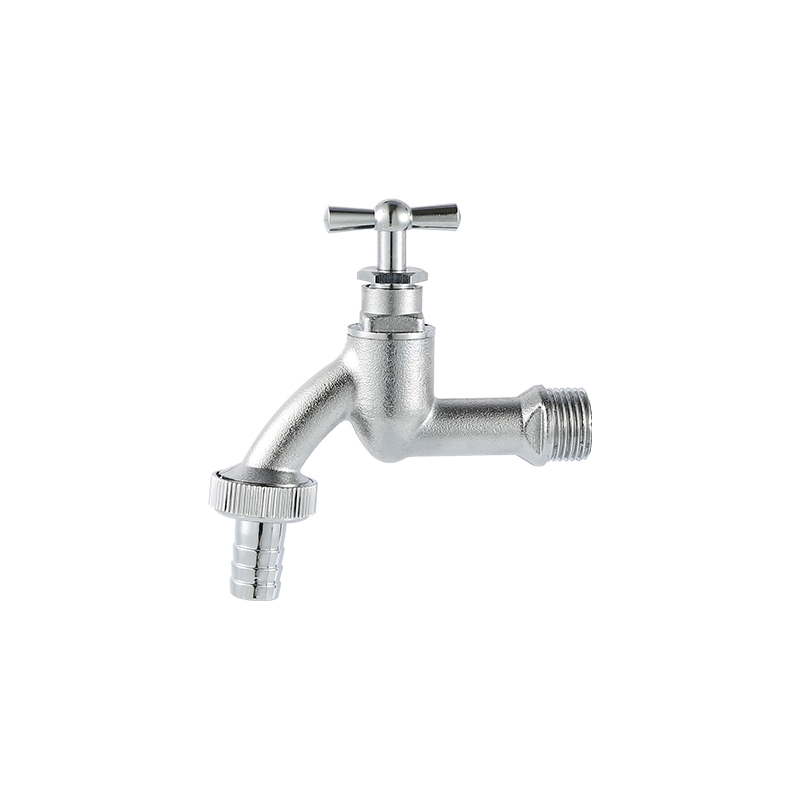For the valve in operation, various valve internals should be complete and intact. The bolts on the flange and the bracket are indispensable, the threads should be intact, and no loosening is allowed. If the tightening nut on the handwheel is found to be loose, it should be tightened in time to avoid abrasion of the connection or loss of the handwheel and nameplate. If the handwheel is lost, it is not allowed to replace it with an adjustable wrench, and it should be completed in time.
Packing glands are not allowed to be skewed or have no preload clearance. For valves in environments that are easily contaminated by rain, snow, dust, sand and other pollutants, a protective cover should be installed on the valve stem. The scale on the valve should remain complete, accurate and clear. The lead seal, cap, and pneumatic accessories of the valve should be complete and intact. The insulation jacket should be free of dents and cracks.
Maintenance of idle valves:
Maintenance of idle valves should be carried out together with equipment and pipelines, and the following work should be done:
1. Clean up the valve: The inner cavity of the valve should be blown clean, free of residues and aqueous solutions, and the outside of the valve should be wiped clean, free of dirt and oil.

2. Align the valve parts: After the valve is missing, it cannot be dismantled to make up for the west. The valve parts should be arranged to create good conditions for the use of the lower part and ensure that the valve is in good condition.
3. Anti-corrosion treatment: take out the packing in the stuffing box to prevent the galvanic corrosion of the valve stem, and apply anti-rust agent, grease, etc. to the valve sealing surface, valve stem, valve stem nut, machined surface and other parts according to the specific situation. Painted parts should be painted with anti-rust paint.
4. Protection and protection: prevent other objects from hitting, manipulating and disassembling. If necessary, the movable parts of the valve should be fixed and the valve should be packaged and protected.
5. Regular maintenance: Valves that have been idle for a long time should be regularly inspected and maintained to prevent valve corrosion and damage. For valves that have been idle for too long, they should be tested together with equipment, devices, and pipelines before they can be used.


 English
English 中文简体
中文简体